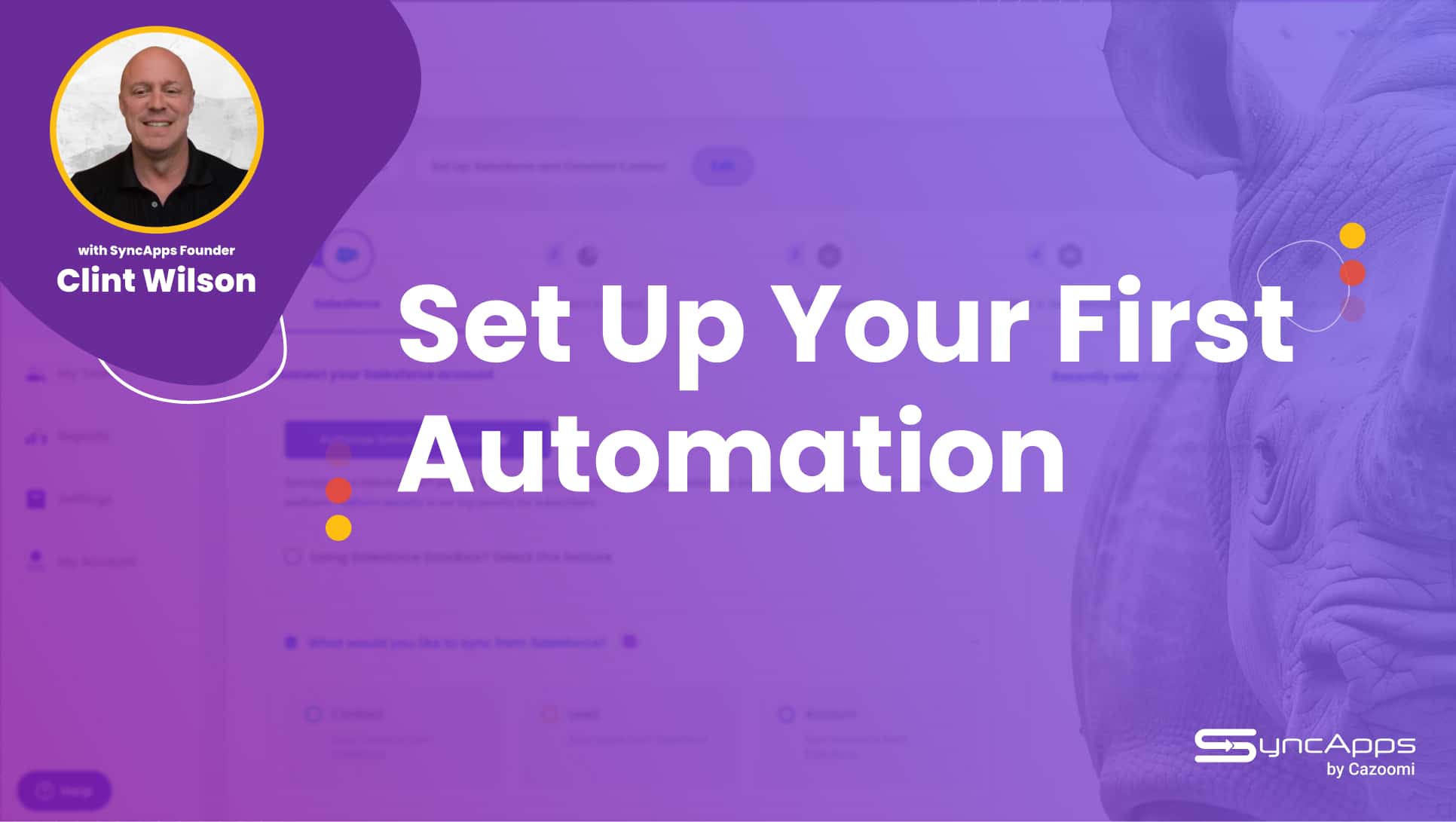Want to Learn How to Write Killer Copy? Liz Slyman’s Own CIRCA Method Helps You Write Like a Pro

Everyone who has tasted success in business ownership knows how important copywriting is.
Words are an asset that every business shares. And they’re fundamental in almost all the check-boxes that need to be ticked.
But writing it isn’t easy.
And if you don’t know what you’re doing, it can be a long-winded process that yields no results.
How infuriating!
That stops today.
I’m going to teach you my very own CIRCA method that you can use on any form of copywriting. While it’s best used for sales pages, you can use this method and mold it to fit your website, email, and ad copy.
Before we get started, though, let’s clear some basics up.
What Is Meant By “Copy?”
Before I teach you how to write high-converting copywriting, you need to have a crystal clear idea of the definition of copywriting (or “copy”).
Copywriting is, by definition, words that convert.
While some folks will tell you that copywriting is “words that sell,” it’s not always the case.
And while that isn’t totally wrong, it does skip right to the end result. It’s not a true representation of what copywriting is.
Instead, copywriting is far more focused on conversion.
Now, if you’re writing a sales page, for example, that conversion is financial. The goal of that specific page is to turn readers into buyers, right?
In that case, “words that sell” is accurate.
But imagine you’re trying to promote your lead magnet on a landing page.
Does an opt-in get you a sale?
No.
Instead, it focuses on turning a website visitor into an email subscriber. This is conversion.
While it’s not financial (right now,), it still gets your reader one step closer to making a purchase.
“Copy” – shortened from “copywriting” – are words that, when done right, will persuade your readers to take action.
The definition is simple.
Getting it right, on the other hand – not so easy.
Examples of Copywriting
Just to make sure you have no confusion surrounding copywriting, these formats count as copy:
- Website copy
- Marketing emails and sequences
- Sales pages/landing pages
- Online (paid) ads
- Banners and pop-ups
- Commercials
- Sales letters (otherwise known as “direct mail”)
However, the following are not copywriting:
- Blog articles
- Social media captions
- White papers
- Case studies
- Video scripts (unless, of course, you’re creating a script for a commercial)
The list above are examples of content writing. The CIRCA method that I’m teaching you today will work for any form of copywriting, but it wasn’t formed for content writing.
What Is The CIRCA Method?
Over several years in the world of copywriting, I’ve created my fair share of copy, both for my own copywriting agency and clients.
Regardless of the industry your brand falls under, the product or service you’re selling, and the brand’s personality and voice, the CIRCA method has been my most reliable writing structure for positive results.
As a copywriter myself, I know that the CIRCA technique can take your offer, put it in front of the right people, pull at heartstrings, and make the “buy now” button a reflex.
Each letter in the CIRCA method stands for a stage:
- Capture
- Identify
- Resonate
- Compel
- Assure
But what do these stages mean? And why do they work?
We’ll be talking about how to use the CIRCA method in your sales copy today. But remember, it can be used for any form of copy.
Let’s jump into my successful copywriting structure: The CIRCA method.
Stage 1: Capture
Our virtual world is overloaded with internet pages, words, and users.
With so much traffic spread all over the place, it’s not enough to simply put something out there.
You need to place a whole lot of emphasis on capturing their attention. And once you’ve got it, you absolutely cannot let it go. You need to hold it, nurture it, and dote on it all the way until they’ve reached the end of your piece.
So, of course, the end goal of this piece is to make a sale. But, realistically, the end goal of every sentence is to make sure the reader continues reading.
That’s why the Capture stage is so important. Without success at this first stage, readers won’t even glance at the rest of your sales page. It’s fundamental to consider banner design when capturing your reader’s attention. Effective designs can immediately draw eyes to your message and enhance the copy you’ve spent so long perfecting.
So, how do you capture their attention?
With a sharp, exciting hook.
You can hook readers in with a captivating, emotional pull. That is: you’ve got to make them feel from the very beginning.
In as few words as possible without skimping on impact, guide them to envisioning their life after they’ve bought your product or service. Then, remind them how their life is now.
That oxymoron will really bring home the message that this is a product or service that can change their life.
It’s fundamental to consider your reader in this. What would capture a first-time mom may not be the same as what would capture a mature man who enjoys fishing on a Sunday.
Stage 2: Identify
We’ve already mentioned how important it is to understand who you’re talking to and choose your words accordingly.
But in this stage, it becomes even more fundamental.
If you’re one of the many business owners out there who says, “my product is made for everyone! It’s great because there’s not one person in the world who wouldn’t love my product,” then I hate to tell you, but you’re wrong.
There’s not a single product or service out there that is made for everyone.
Take a vacuum cleaner. There are pet-wrap vacuum cleaners that are aimed at pet owners (mainly long-haired). This pet-wrap vacuum wouldn’t be as appealing to non-pet-owners.
The words that sell a pet-wrap vacuum need to refer to owning pets. It needs to paint the pain point surrounding having cat or dog fur all over the house. Perhaps having litter scattered all over the floor.
The whole point is to get your reader nodding along and believing that it was written specifically for them. Because if they believe it was written for them, they’ll also firmly believe that the product was made for them, too.
Stage 3: Resonate
This stage is about one thing and one thing only: empathy.
You’ll need buckets of it to write an effective sales page.
In a nutshell, you need to demonstrate to your reader that you understand what they’re going through.
They need to feel heard, validated, and understood.
Problems are subjective.
Let’s pretend that you are selling a ring that is meant to help with social anxiety.
Now, people who don’t suffer from social anxiety wouldn’t understand what it’s like to live with it.
As such, it’s likely that our ideal buyer has had to listen to things like “don’t worry!” and “just relax.” Perhaps they’ve even heard, “it’s not real; you’re just lazy and want to stay at home.”
(Of course, you need to do your market research to validate these.)
Living with these comments from the people the ideal buyer cares about means that they very seldom feel heard and validated. They can sometimes even doubt whether the problem is real.
So, by resonating with them and showing them that you “get” them, it’ll provide relief. That sense of validation goes a long way because it tells the reader that you understand how it feels to live with this pain point. When you position your solution (ie, your product or service) in front of them, they’re far more likely to take action.
Stage 4: Compel
This is the biggest chunk of your copy and requires a lot of work.
You’ve now reached the stage where you need to compel your reader to take action. How? By helping them envision their future.
You’ve got two options here. You can either use:
- Negative future pacing or
- Positive future pacing
Negative future pacing tells your reader what their future will be like without the product or service in it.
Positive future pacing, on the other hand, does the opposite. It demonstrates what the reader’s future will look like with the product or service in it.
The choice is yours, but you should pick the option that works best with your target audience. Perhaps split testing will provide a better insight into which is more effective for your ideal buyers.
Stage 5: Assure
The final stage in the CIRCA method is to assure your reader.
When people invest money into something – whether that’s a flight or a new pair of socks – they want to know that their money won’t be wasted.
Of course, the higher the price, the higher the risk factor. That said, no one wants to throw money away – even the smallest price tags.
So, regardless of the price of your offer, you need to do your best to (re)assure your buyers that they’re making the right decision by purchasing.
You can do this with social proof. This doesn’t always mean reviews (though they are incredibly powerful).
Other forms of social proof include:
- Screenshots
- Statistics (eg, “Become one of 24,000+ happy members today!”)
- Video reviews
- Case studies
Liz Slyman’s CIRCA Method
I’ve been creating top-performing copywriting for clients for years. And while some components in business work best with a little trial and error, the CIRCA method works every single time.




